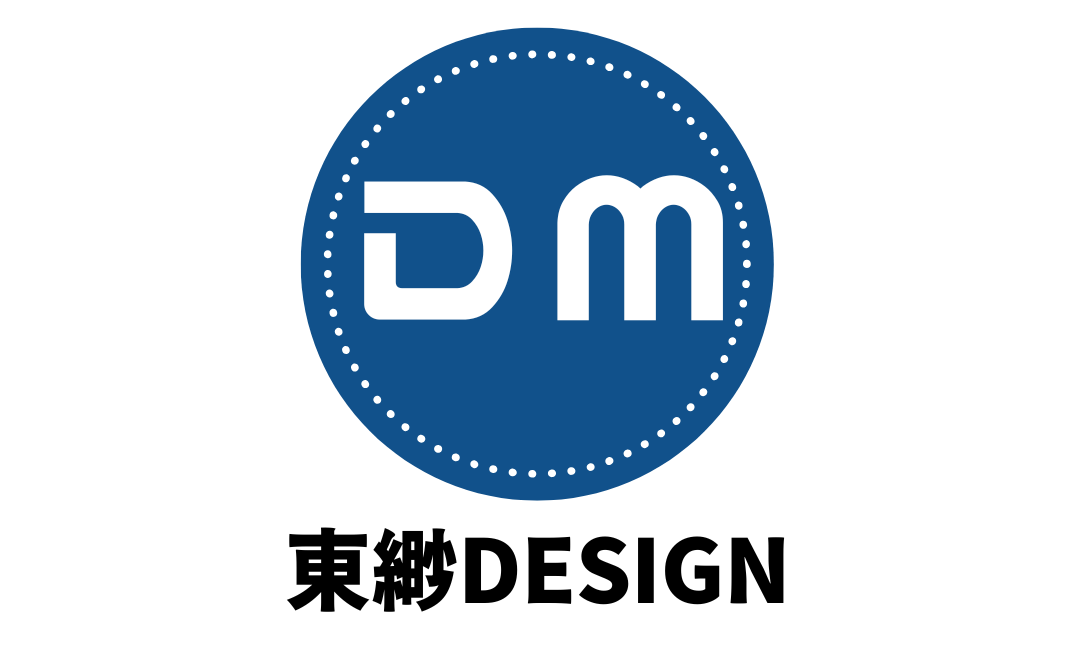Main SEO Methods for H5 Websites
The evolution of web development has brought us to the era of HTML5 (H5), a powerful markup language that enables the creation of dynamic, interactive, and visually appealing websites.1 H5 websites offer numerous advantages, including enhanced multimedia support, improved responsiveness across devices, and better semantic structure. However, just building a stunning H5 website isn’t enough to guarantee online visibility. Effective Search Engine Optimization (SEO) is crucial to ensure that your target audience can find your H5 content amidst the vast digital landscape.
While many fundamental SEO principles remain the same regardless of the underlying technology, H5 websites present unique considerations and opportunities for optimization. This article will delve into the main SEO methods specifically relevant to H5 websites, helping you unlock their full potential in search engine rankings.
Understanding the H5 Landscape for SEO
Generally, search engines like Google have become adept at crawling and indexing H5 websites. However, the dynamic nature of many H5 sites, particularly Single-Page Applications (SPAs) built with frameworks like React, Angular, or Vue.js, can sometimes pose challenges for traditional crawlers.2 Additionally, the mobile-first approach often adopted in H5 development necessitates a strong focus on mobile SEO best practices. Therefore, understanding these nuances is the first step towards effective SEO for H5 websites.
On-Page SEO Methods for H5 Websites
On-page SEO involves optimizing the content and HTML structure of your website directly.3 Here are key on-page methods for H5 sites:
- Keyword Research: The foundation of any SEO strategy, keyword research remains vital for H5 websites.4 Identify the terms your target audience uses when searching for your products, services, or information, keeping in mind mobile-specific search queries.
- Content Optimization: High-quality, relevant, and engaging content is paramount.5 Leverage H5’s multimedia capabilities by incorporating videos, audio, and interactive elements.6 Ensure that all content, including multimedia, is accessible to search engines through proper tagging and transcripts.
- Title Tags and Meta Descriptions: Craft compelling and concise title tags and meta descriptions for each page. These snippets appear in search results and significantly influence click-through rates.7 Optimize them for mobile viewing, as character limits might be shorter on smaller screens.
- Header Tags (H1-H6): Use semantic HTML5 header tags (
<h1>to<h6>) to structure your content hierarchically and highlight important keywords. Ensure that each page has a unique and relevant<h1>tag. - Image and Multimedia Optimization: Utilize responsive images using the
<picture>element or thesrcsetattribute in the<img>tag to serve appropriately sized images to different devices. Optimize image file sizes for faster loading and use descriptive file names and alt text to help search engines understand the image content.8 For videos and audio, use the HTML5<video>and<audio>tags, provide transcripts or captions for accessibility, and consider using schema markup to provide further context to search engines. - Internal Linking: Implement a clear and logical internal linking structure that connects relevant pages within your H5 website. This helps search engines discover and index your content more effectively and improves user navigation, especially crucial on mobile.
- Mobile-First Indexing: With Google prioritizing the mobile version of websites for indexing, ensure that your H5 website follows a mobile-first approach.9 The mobile version should contain all the important content and functionalities of the desktop version.
- Site Speed Optimization: H5 websites, with their rich multimedia and dynamic elements, can sometimes be heavy and slow to load, particularly on mobile devices. Optimize your website’s loading speed through techniques like code minification (CSS, JavaScript, HTML), lazy loading of images and other assets, and utilizing Content Delivery Networks (CDNs).10
- Semantic HTML5: Embrace the semantic power of HTML5 tags such as
<article>,<nav>,<aside>,<header>, and<footer>. These tags provide search engines with a clearer understanding of the structure and purpose of different content sections on your pages.11 - URL Structure: Maintain a clean, logical, and user-friendly URL structure. Use descriptive keywords in your URLs where appropriate and avoid overly long or complex URLs.
Technical SEO Methods for H5 Websites
Technical SEO focuses on optimizing the underlying infrastructure of your website to improve crawlability and indexability.12 Key technical SEO methods for H5 sites include:
- Mobile-Friendliness Testing: Regularly use Google’s Mobile-Friendly Test tool to ensure your H5 website is properly optimized for mobile devices and doesn’t have any usability issues on smaller screens.
- Responsive Design: Implementing a responsive design is crucial for H5 websites to adapt seamlessly to various screen sizes and resolutions, providing a consistent user experience across devices.13
- Viewport Meta Tag: Ensure that the viewport meta tag is correctly configured in the
<head>section of your HTML. This tag controls how the website scales on different devices. - Site Structure and Navigation: While also an aspect of on-page SEO, a well-defined site structure and intuitive navigation are critical for both users and search engine crawlers, especially on mobile where screen real estate is limited.14
- XML Sitemap: Create and submit an XML sitemap to search engines. For H5 websites that heavily rely on JavaScript for content rendering (like SPAs), consider using dynamic sitemaps or exploring the Google Indexing API to ensure all your content is discoverable.
- Robots.txt: Use the
robots.txtfile to guide search engine crawlers, specifying which parts of your website they should or should not access. - HTTPS Security: Ensure your H5 website is secured with HTTPS. This is a ranking factor for Google and builds trust with users.
- Progressive Web Apps (PWAs): If your H5 website is developed as a PWA, ensure proper implementation of service workers and the web app manifest.15 This can enhance user engagement and potentially improve discoverability in some contexts.
- Structured Data Markup: Implement schema markup to provide search engines with structured data about your content.16 This can lead to rich snippets in search results, making your17 H5 content stand out and potentially increasing click-through rates for various content types like articles, videos, products, and events.
Off-Page SEO Methods for H5 Websites
Off-page SEO involves building your website’s authority and reputation through external factors.18 These methods are generally consistent for all types of websites, including H5:
- Link Building: Focus on acquiring high-quality backlinks from reputable and relevant websites. These backlinks act as votes of confidence for your19 content. Ensure that your H5 website is easily shareable and that your content is valuable enough for others to link to.
- Social Media Marketing: While not a direct ranking factor, engaging with your audience on social media platforms can increase brand visibility and drive traffic to your H5 website.20 Ensure your website content is easily shareable on mobile.
- Brand Mentions and Online Reputation Management: Getting your brand mentioned on other websites and maintaining a positive online reputation can indirectly contribute to your SEO efforts.21
Conclusion
Optimizing H5 websites for search engines requires a comprehensive approach that considers both the fundamental SEO principles and the specific characteristics of HTML5 technology. By focusing on creating high-quality, mobile-friendly content, implementing proper on-page and technical SEO techniques, and building a strong off-page presence, you can ensure that your H5 website achieves the online visibility it deserves, driving relevant traffic and helping you reach your business goals in the dynamic digital world. Remember that SEO is an ongoing process that requires continuous monitoring, analysis, and adaptation to the ever-evolving search engine22 landscape.23



